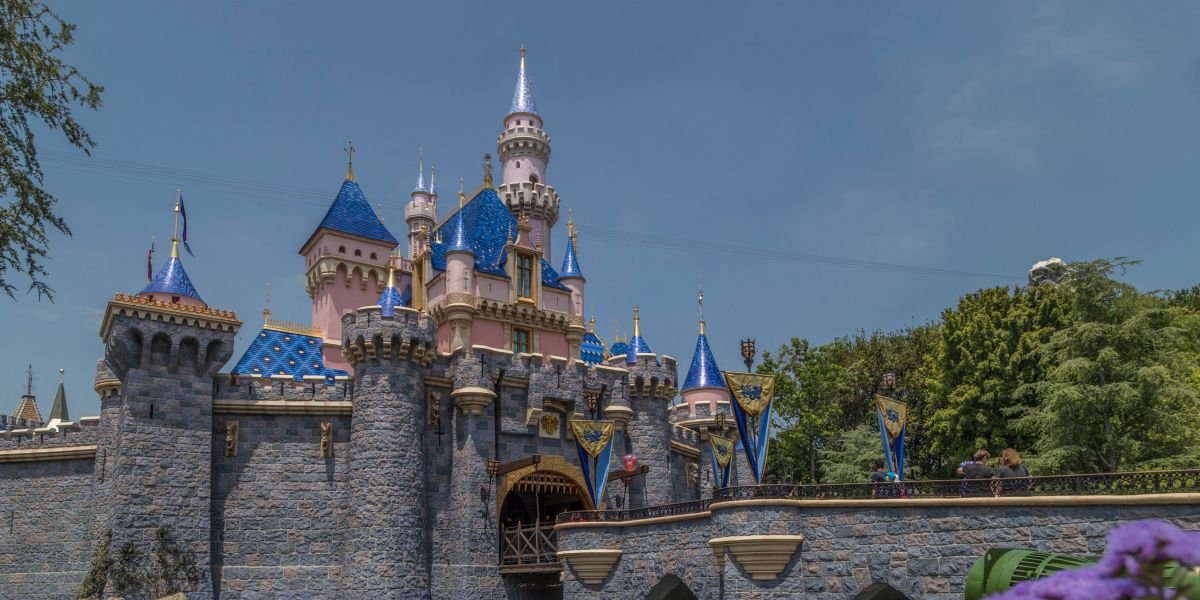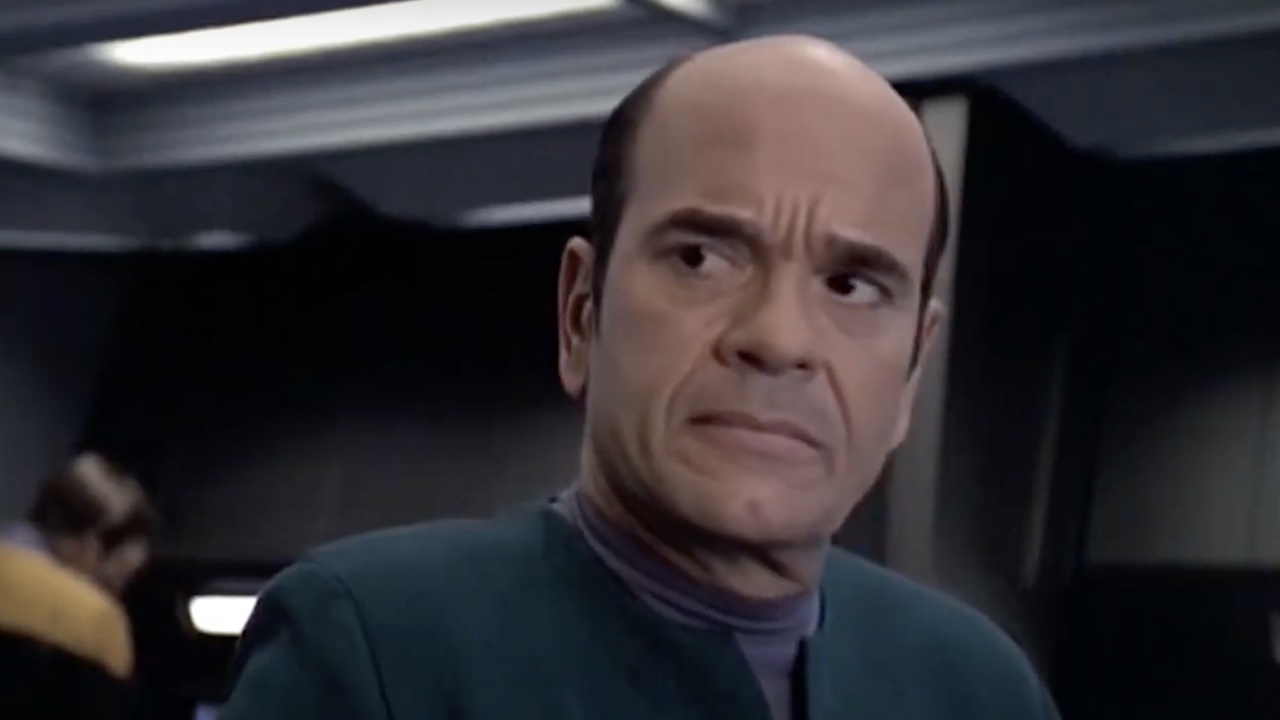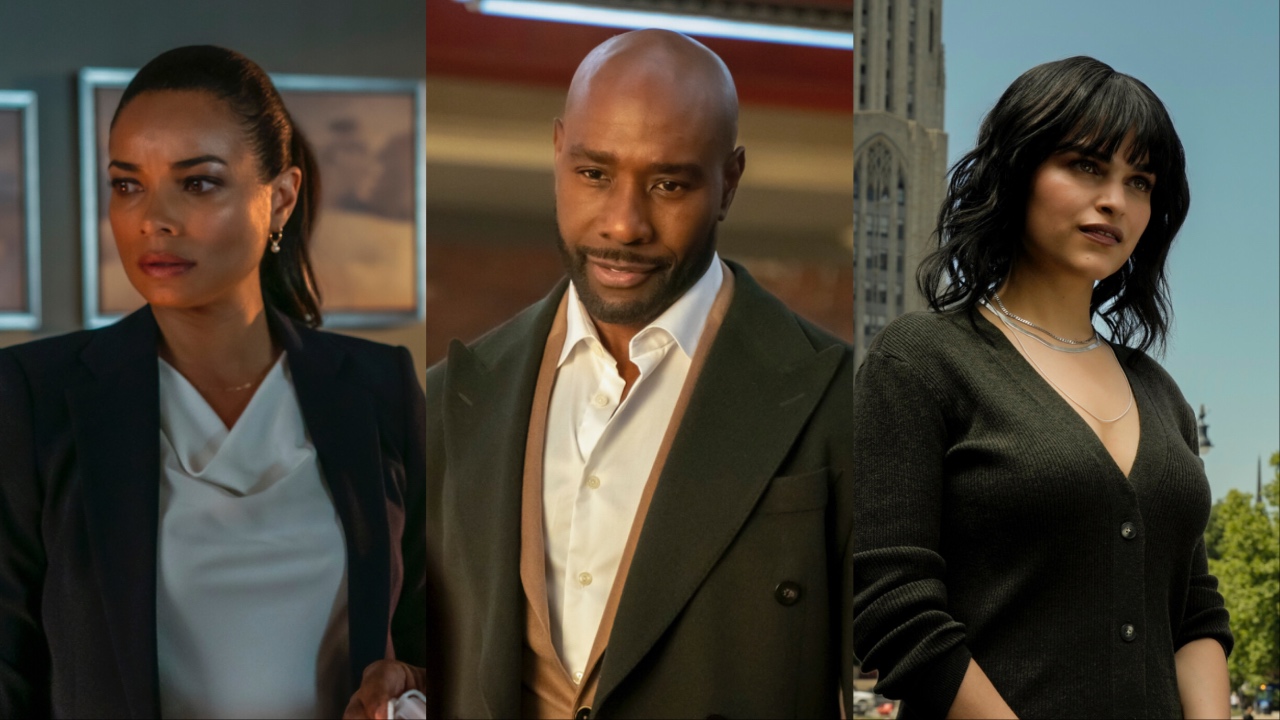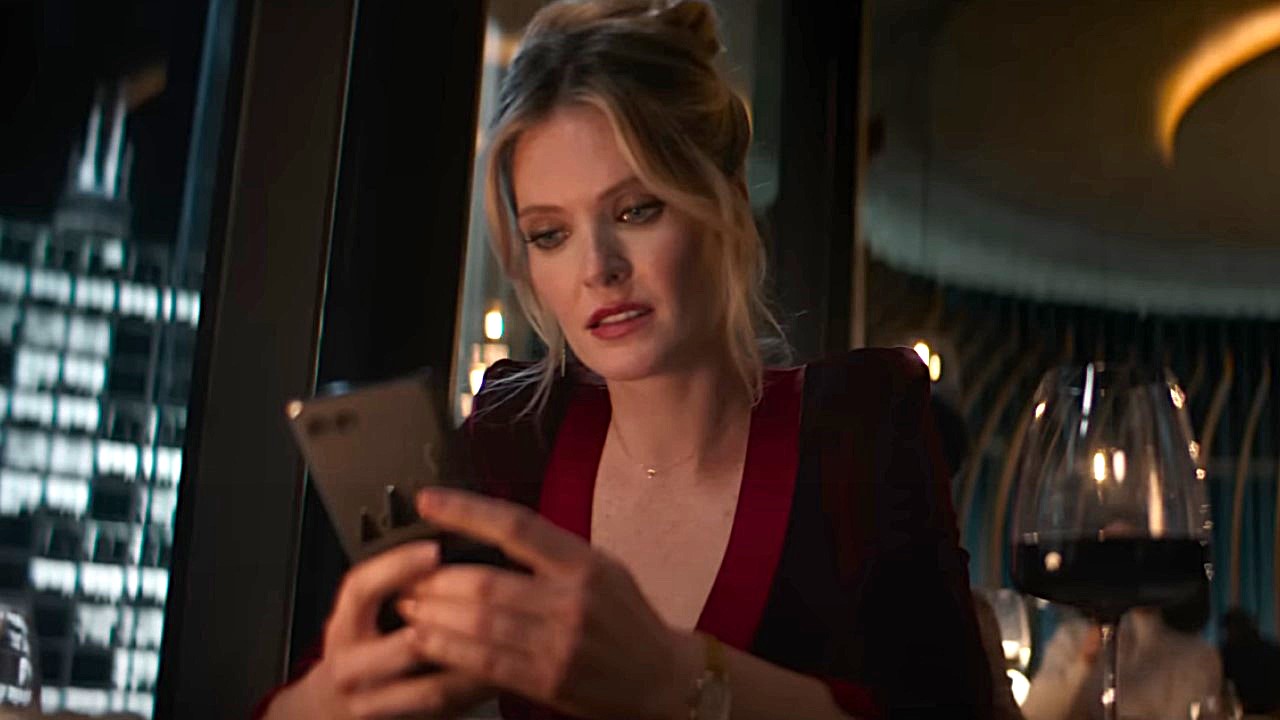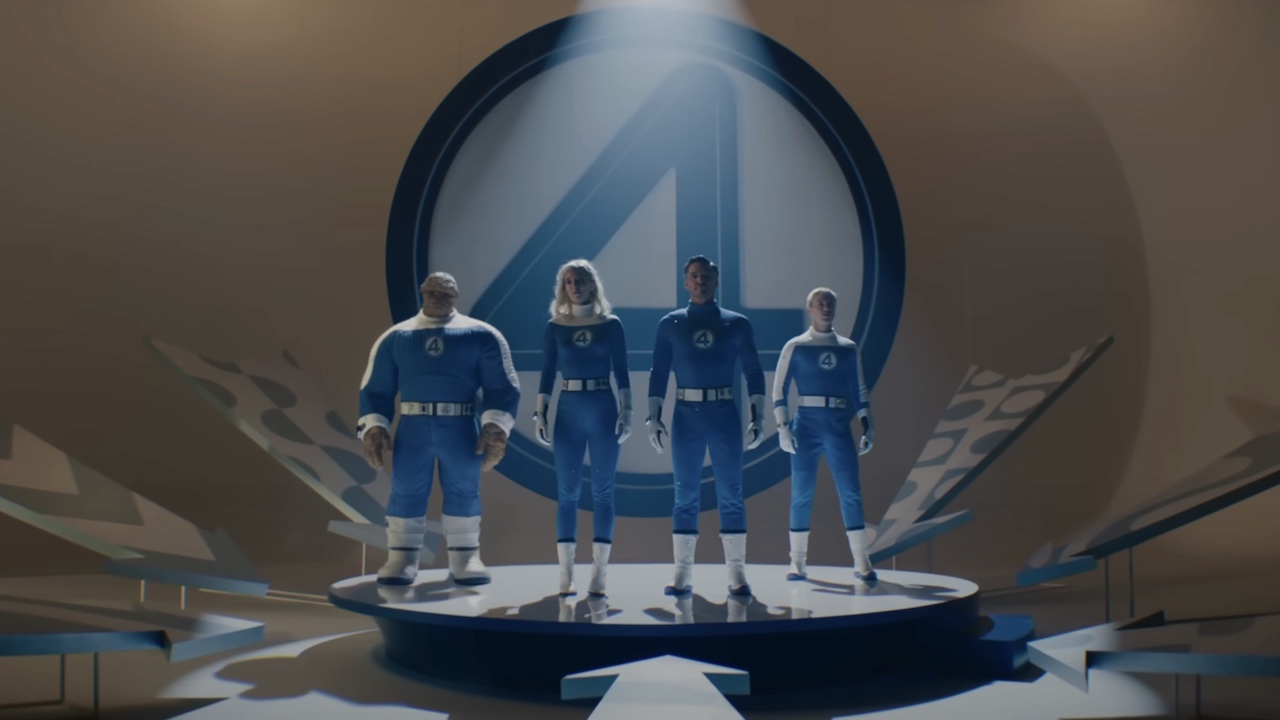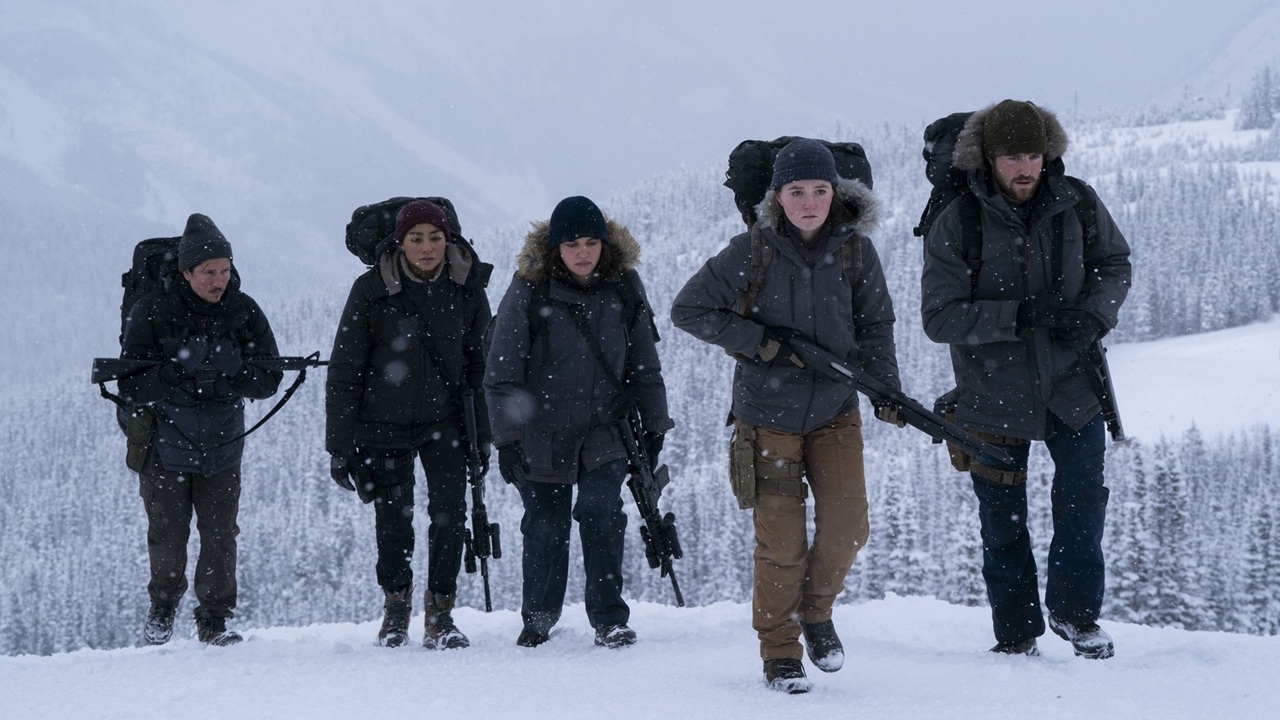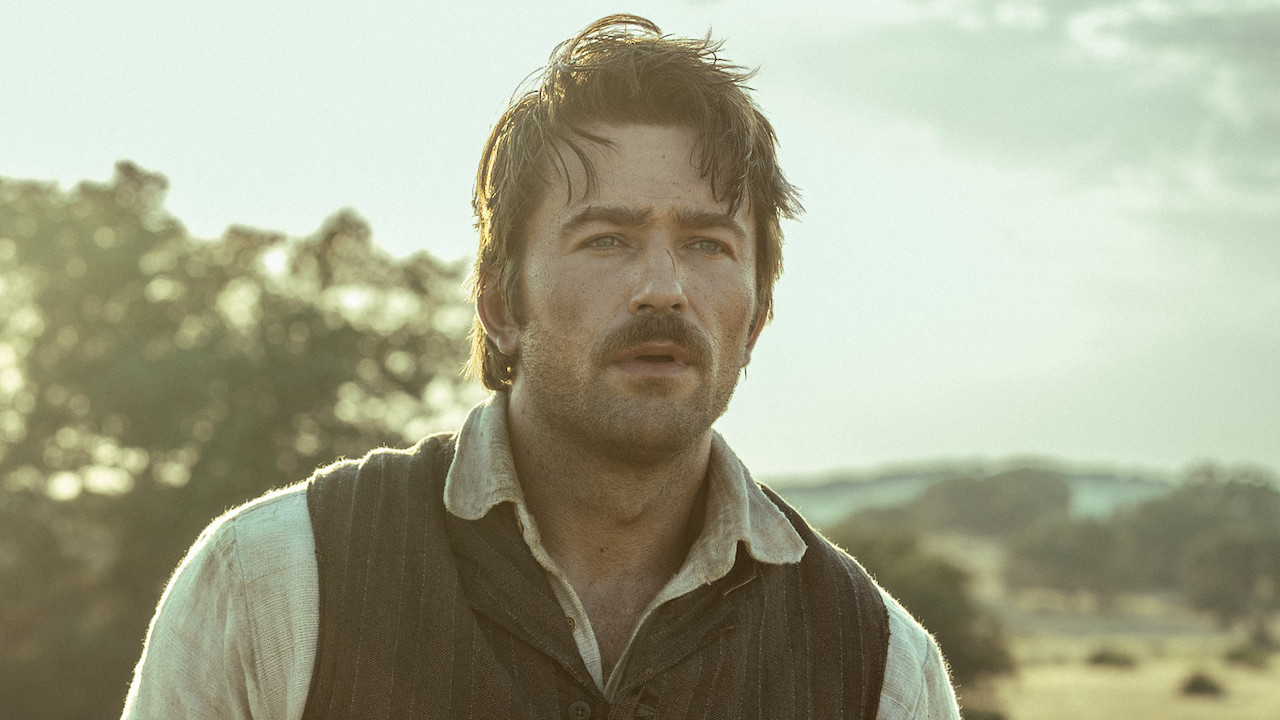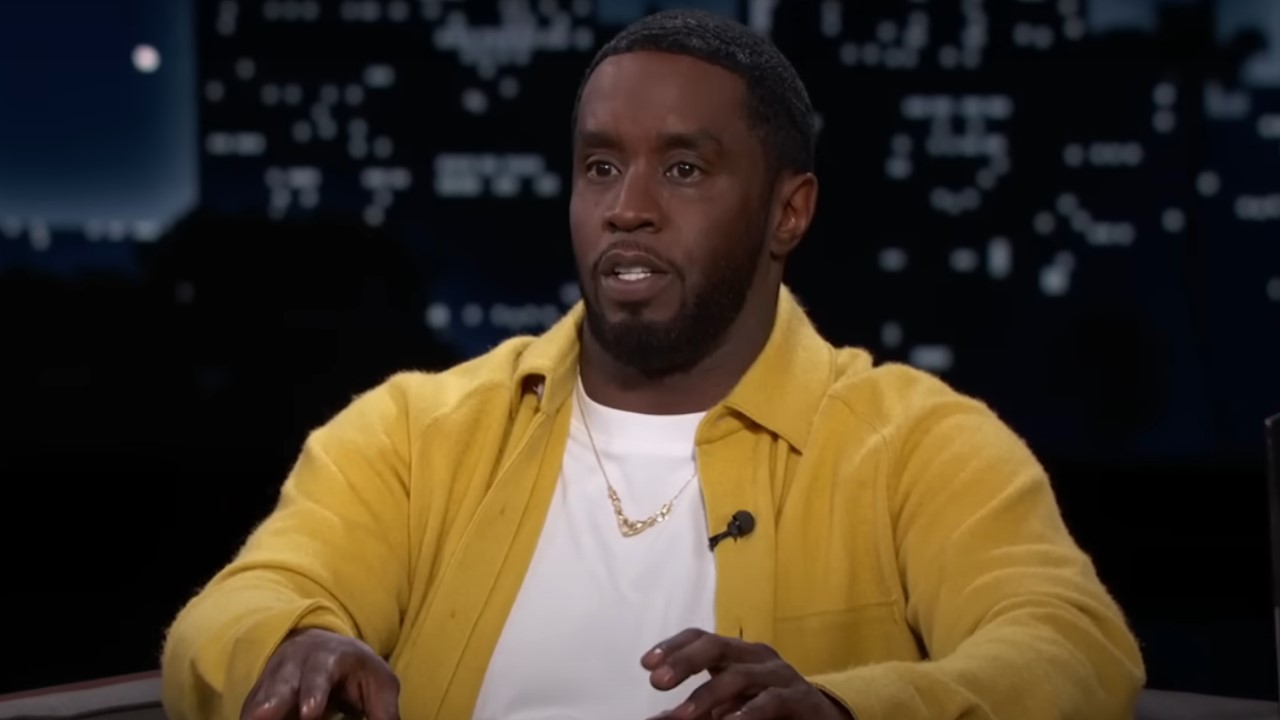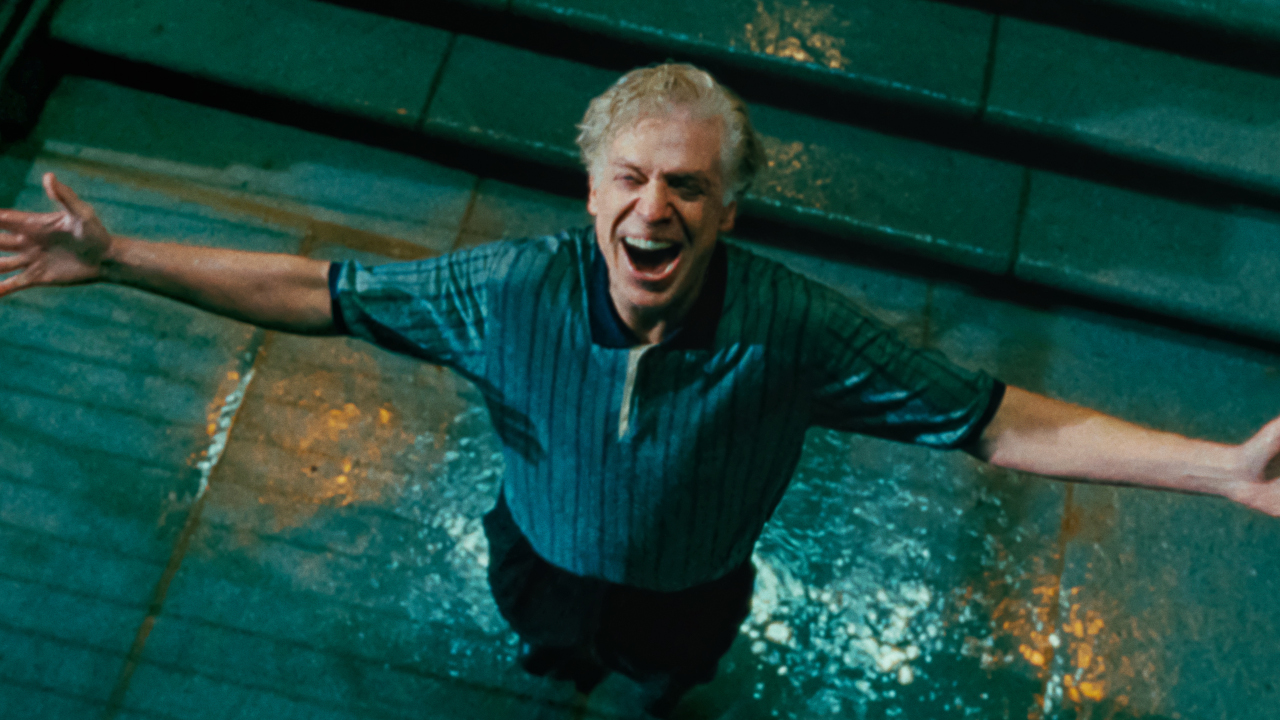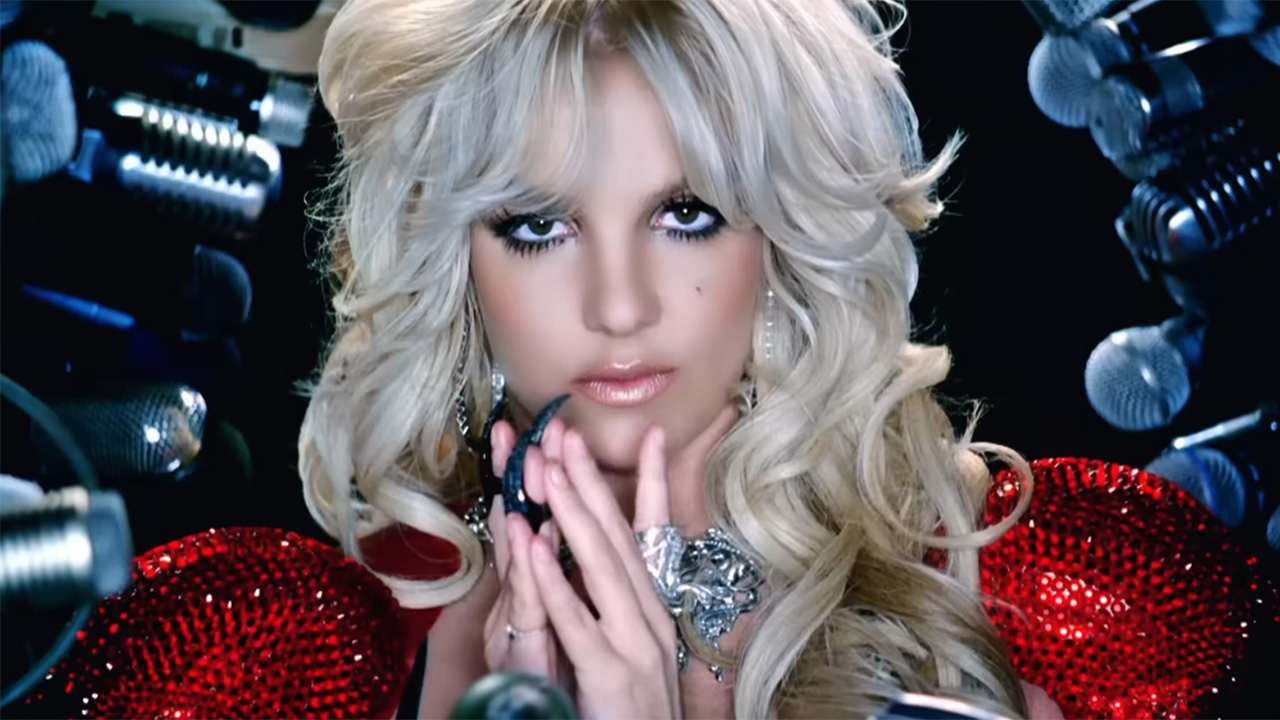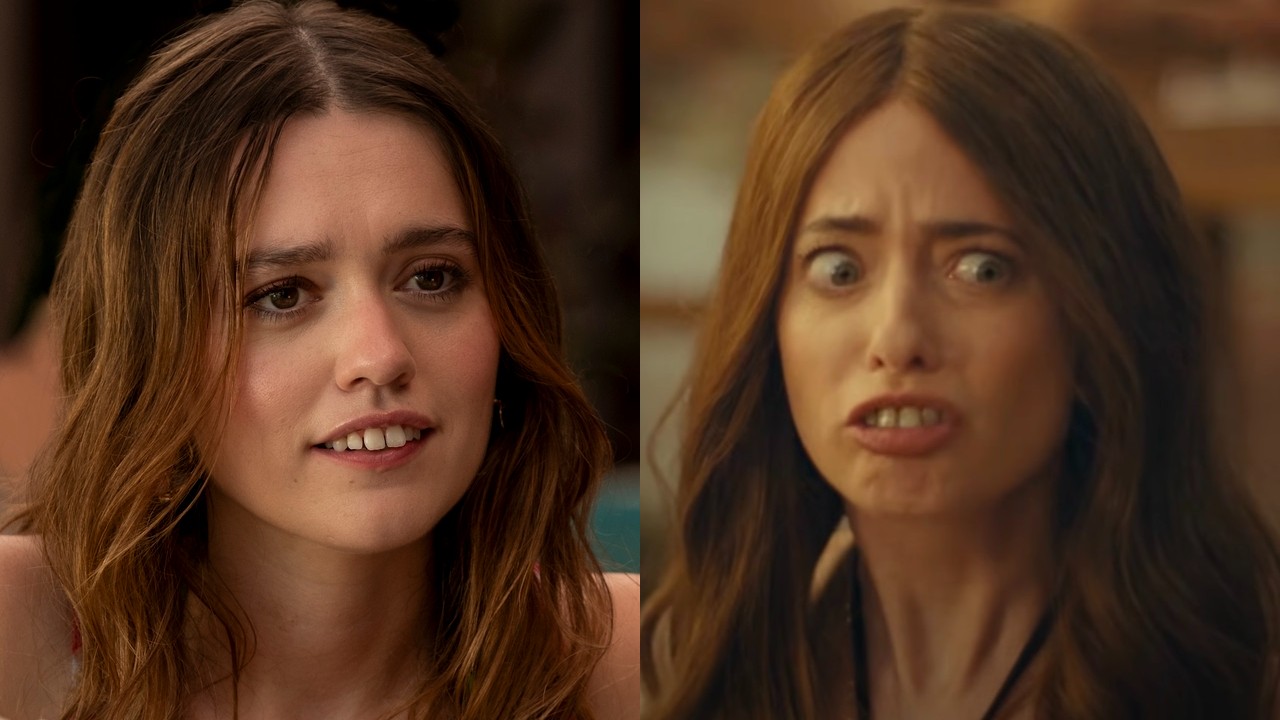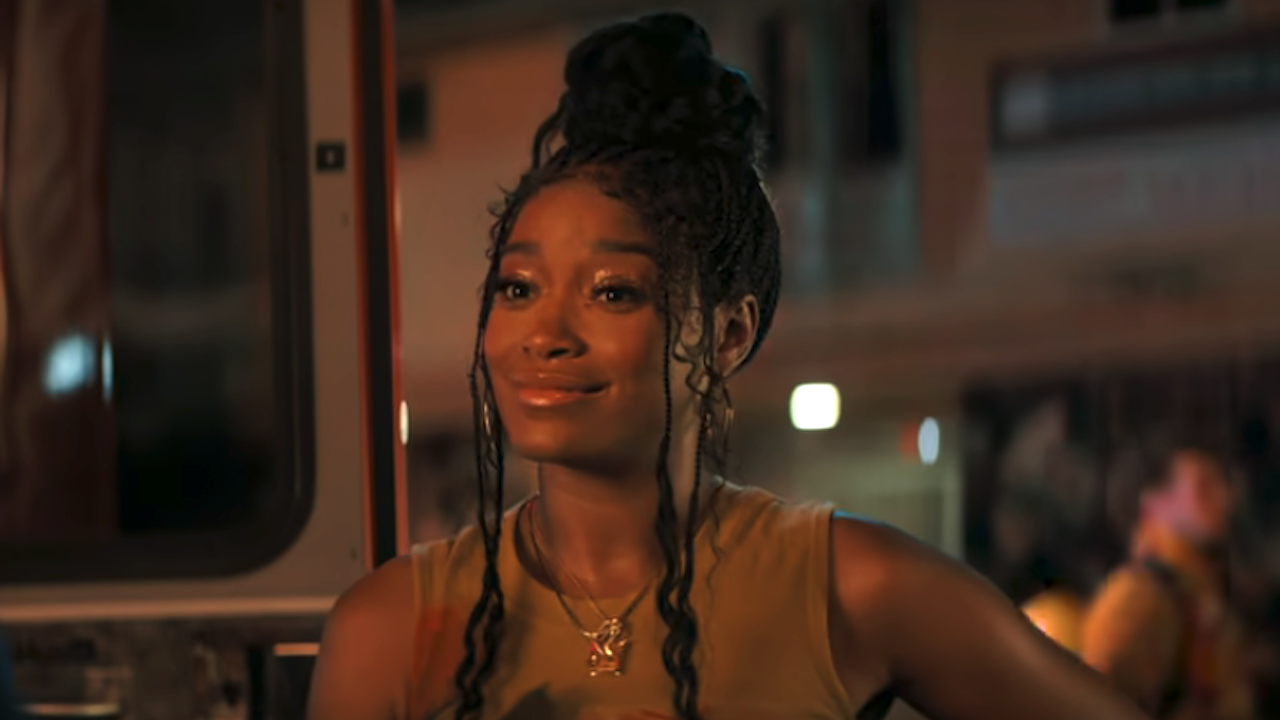Michael Eisner: The Best And Worst Thing To Ever Happen To The Disney Parks
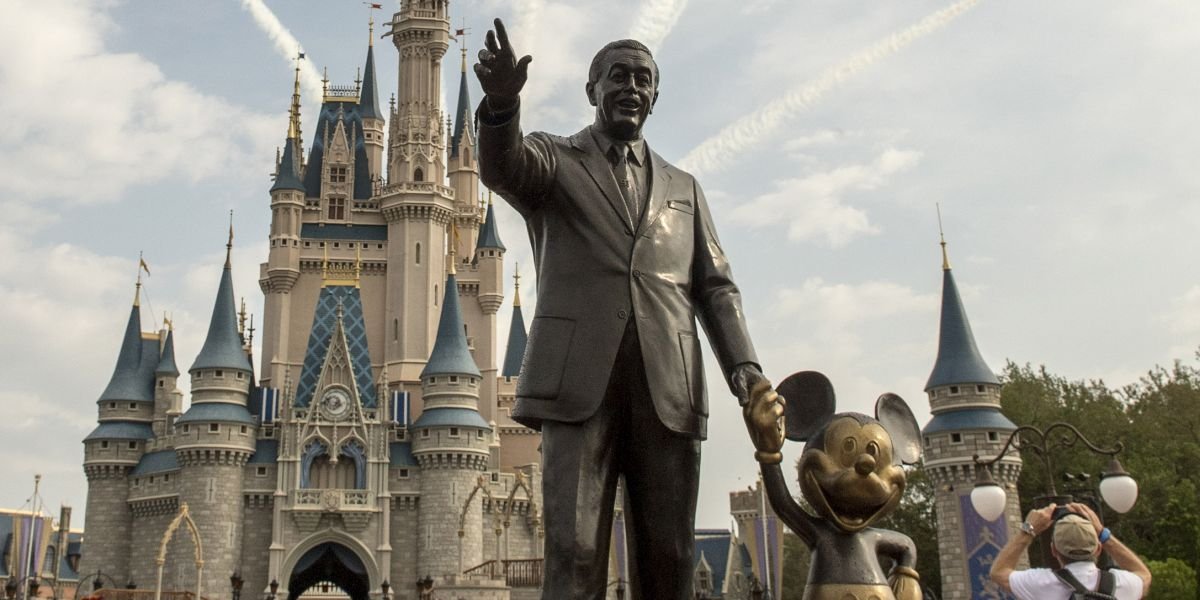
On September 30, 2005, 15 years ago today, Michael Eisner left the Walt Disney Company, where he had been CEO for over 20 years. Eisner's arrival at Disney had been a big deal. He was the first CEO of the company to come from outside the organization, having previously run Paramount Pictures. Nobody was quite sure what to expect, but Eisner's arrival had been spearheaded by Roy E. Disney, who felt that to fix the ailing movie studio, new blood was desperately needed. Eisner was that man, and in a big way, Roy was right.
Two decades later, Roy E. Disney spearheaded the campaign that led to Michael Eisner leaving the company as well. It was a very public breakup. While Eisner was the CEO during the "Disney Renaissance" and had absolutely brought the movie studio back in the years following becoming CEO, there was a feeling that he had lost the magic more recently, specifically in regards to how he Eisner was handling the company's valuable theme park business.
There's little argument that Michael Eisner's tenure at Disney had some missteps when it came to the parks, but that's certainly not the whole story. 15 years later and looking back, It's easy to see the failures, but it's also true that Disney's theme park empire would not be what it is today without him.
Michael Eisner, George Lucas and Disneyland
While Michael Eisner was brought into the Walt Disney Company specifically because of his history and experience in the motion picture industry, he, like so many people before him, quickly fell in love with Disneyland. He called Walt Disney Imagineering the "Crown Jewel" of the company but he also believed Disneyland and Walt Disney World weren't nearly as successful as they could be.
Disneyland and Walt Disney World had always been successful; they were largely the only things keeping the Disney company afloat when Michael Eisner came on board, but he thought that a lot more was possible. Theme park tickets were actually still quite inexpensive at the time, and Eisner realized that even by only raising prices a small amount, revenue would increase in a big way with essentially no dropoff in the number of tickets sold. Of course, this model would be continued to this day, and tickets are no longer so cheap.
However, the bigger goal for Michael Eisner was to attract more people to the Disney theme parks. In the mid-1980s, the general feeling was that Disneyland was a great place for little kids and their parents, but teenagers and young adults found little in the park that appealed to them. There were only a few thrill rides in the theme parks, and the ones that were there were old.
So Michael Eisner called up George Lucas and asked him to help design some theme park attractions, and Lucas was more than happy to do so. This collaboration led to three different attractions in the next several years: The Star Wars-themed Star Tours, Indiana Jones Adventure: Temple of the Forbidden Eye and the 3D movie Captain EO starring Michael Jackson, the biggest music star on the planet at the time. Michael Eisner would also green light thrill rides like Splash Mountain, which would be constructed at both Disneyland and Walt Disney World. All of these attractions are some of the most popular in the parks today, some surprisingly so.
CINEMABLEND NEWSLETTER
Your Daily Blend of Entertainment News
These decisions absolutely had their desired effect. With more thrilling attractions, many of them attached to properties that teenagers were already fans of, the Disney Parks were now truly fun for the whole family. And while there have always been Disney fans at any age, there is certainly a feeling that there are a lot more adults who still love Disney parks today as passionately as they did when they were kids, and those adults were kids back when Michael Eisner was making these changes. If you're somebody who thinks there are too many childless adults having fun at Disney Parks, Eisner gets a lot of the blame.
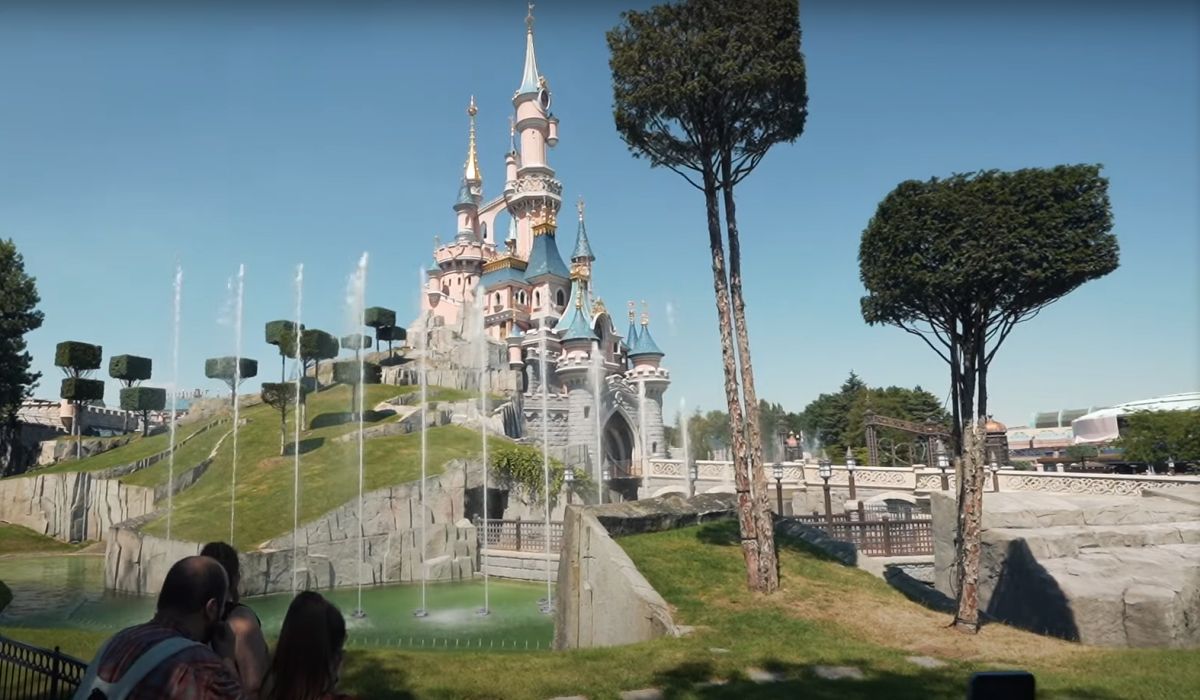
New Park Construction And The Struggles of EuroDisney
However, while Michael Eisner was able to successfully revitalize the existing Disney Parks, what he really wanted to do was expand them. Epcot had only opened a couple years before Eisner began work at Disney, and the park was incredibly successful in the way it turned a Disney World vacation from a one-stop on a trip through Florida into a vacation destination in its own right. Eisner wanted to expand this concept even more in Florida and also build a second park to compliment Disneyland so that it too became a one-stop vacation destination.
Five new theme parks opened under Michael Eisner's tenure, with the final one, Hong Kong Disneyland, opening just a couple weeks before he left. Considering there were only three parks operated by Disney when Eisner got his start, this is a massive expansion, to say the least. Walt Disney World certainly wouldn't be what is today without the two additional parks and multiple hotels built under Eisner's watch. That said, the track record is a bit spotty.
Disney/MGM Studios was the first on the list, and it was built quickly in order for it to be completed before Universal Studios Florida opened its movie-themed theme park. As a result, there simply wasn't a lot to do in the park when it opened. The backlot tour was an impressive ride through movie history, but once you did that, there wasn't a lot else to keep you at the park.
Part of the reason for this may have been that Michael Eisner already had his eye on the park that he saw as his legacy: a Disneyland park in Europe. Asia already had Tokyo Disneyland, but Europe was missing that Disney magic and Michael Eisner thought that was where the parks needed to expand to next. Eventually, a site outside of Paris, France was chosen for the park that would initially be called Euro Disney.
Unfortunately, Euro Disney would eventually cost quite a bit more than was initially expected, and attendance in the early years was not as robust from the European tourists as Disney had hoped. As a result, Euro Disney, later renamed Disneyland Paris, would run Disney a debt in the billions of dollars. This would have repercussions throughout Disney's theme park business.
Disneyland would eventually get its second gate, Disney California Adventure, but the park was largely seen as underwhelming in its early years, with many of its attractions being off-the-shelf carnival rides, and the few original Walt Disney Imagineering concepts had problems of their own. The lack of budget given to the theme park, largely due to the debt issues in Paris, was given the blame for DCA's lackluster launch.
Disney's Animal Kingdom at Walt Disney World would be more successful, but even it opened as a lesser park than had been planned due to budget constraints.
Over the next couple of decades, all of these parks would see significant additions and replacements, and now, most of them are much more warmly received. It's certainly true that it took a lot of time, money, and in most cases, another CEO to get these parks to the place they always should have been. But in the end, it was Michael Eisner who made them happen, and it's possible that without him, they never would have come into existence.
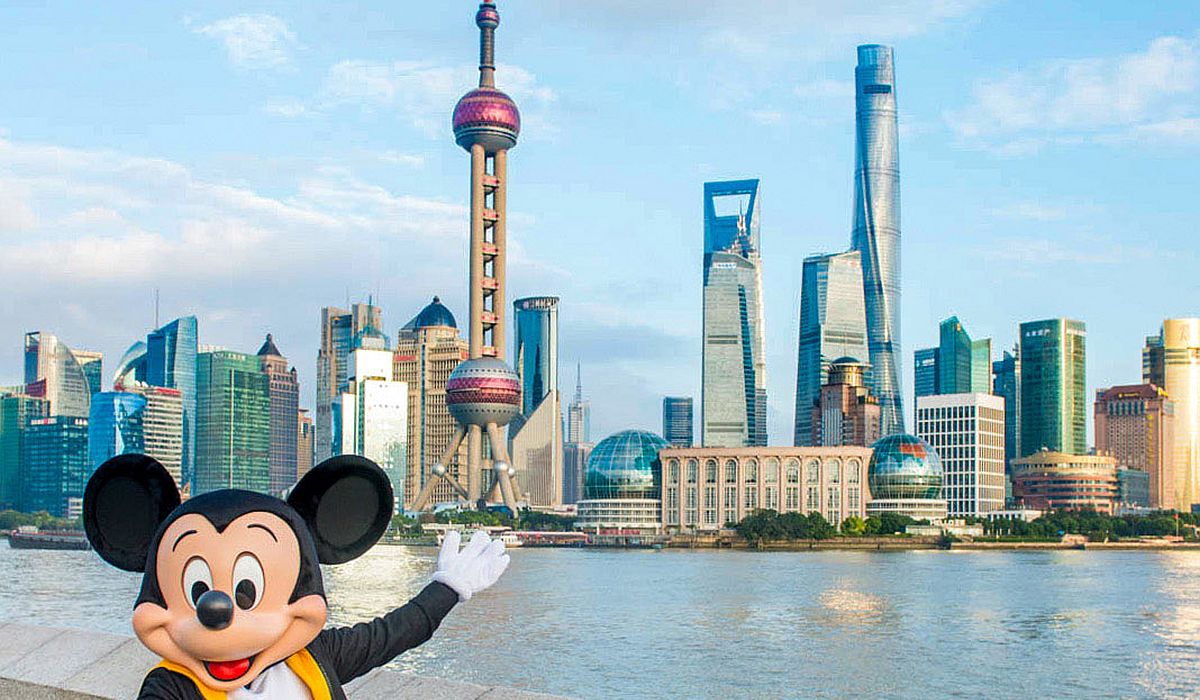
Michael Eisner Opened the Door to Shanghai Disneyland
Much like his predecessor, Bob Iger's background wasn't in theme parks, but he became as passionate about them as anybody. Iger viewed Shanghai Disneyland as his legacy as CEO, much in the same way that Michael Eisner viewed Euro Disney. While Shanghai ended up going much better, it's possible it never would have happened without Eisner.
The first conversations with the Chinese government about a theme park in mainland China started in the late 1990s, back when there wasn't even a hint Michael Eisner would be gone in a few years. In fact, Hong Kong Disneyland was, in many ways, less of a park itself than a theme park beta test. China wanted to be sure that its citizens would be interested in the park before investing in it. And while Hong Kong Disneyland has never been what you would call a rousing success, it worked well enough as a test for Shanghai.
In one way or another, Disney's entire global theme park empire since Epcot can be traced back to Michael Eisner's time as CEO. Was everything a success? Absolutely not. However, it was Eisner who took the steps to make so many of these parks happen and that's certainly worthy of note. Eisner's tenure is, as are the lives of most people, complicated. He launched a new era in Disney animation, which then collapsed nearly as quickly as it has risen, and he launched a massive new initiative in theme park design that had more misses than hits for the first several years.
Whether Michael Eisner was a net benefit or loss to Disney will be a topic long debated long past this moment, It's why I say he's both the best and worst thing to ever happen to the parks. He did it all, and it wasn't all good, but we wouldn't have the parks and the attractions that we have today without him.
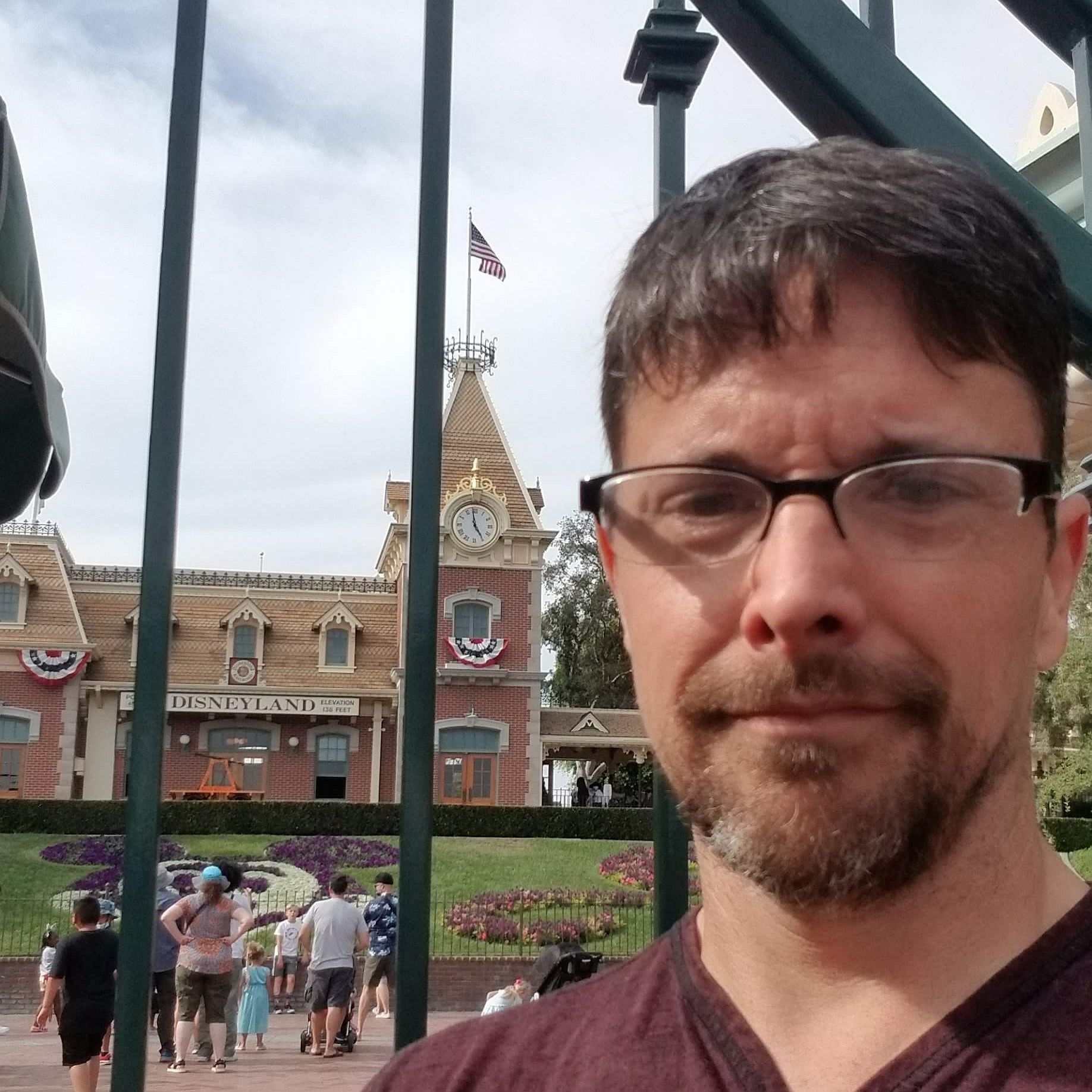
CinemaBlend’s resident theme park junkie and amateur Disney historian, Dirk began writing for CinemaBlend as a freelancer in 2015 before joining the site full-time in 2018. He has previously held positions as a Staff Writer and Games Editor, but has more recently transformed his true passion into his job as the head of the site's Theme Park section. He has previously done freelance work for various gaming and technology sites. Prior to starting his second career as a writer he worked for 12 years in sales for various companies within the consumer electronics industry. He has a degree in political science from the University of California, Davis. Is an armchair Imagineer, Epcot Stan, Future Club 33 Member.
